10 Best Tequilas, According to a Spirits Expert
From margaritas to anejo tequila, we rounded up the best for every occasion.

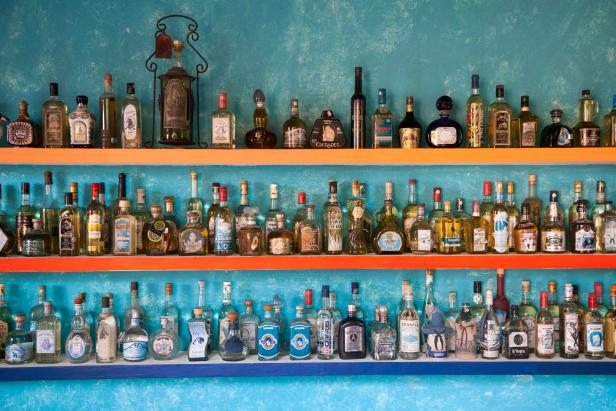
Holger Leue
Our Top Tequila Picks
- Best Overall: Siete Leguas Reposado
- Best for a Margarita: Cimarron Blanco Tequila
- Best Woman-owned: La Gritona Reposado Tequila
- Best Cristalino: Volcan De Mi Tierra Cristalino Tequila
- Best Anejo: Cutwater Spirits Añejo Tequila
- Best Blanc: Casa Dragones Blanc
- Best Reposado: El Tesoro Reposad
- Best for Sipping: Gran Centenario Cristalin
- Best Lowland: Partida Reposado
- Best for Palomas: Tapatio 110
Of all the spirits categories out there, tequila is possibly my favorite. Unfortunately, many people associate tequila with unappetizing shooters and vicious hangovers, but those of us who have sworn off tequila after overdoing it in their early twenties are missing out of many opportunities for deliciousness.
What Is Tequila Made From?
First some tequila basics. Tequila is a spirit made from the agave plant that by law must be made in the Mexican state of Jalisco. Although there are other varieties that are used to make other agave spirits such as mezcal, tequila must be made from the Blue Weber variety. In general, there are three "types" of tequila: blanco, reposado, and anejo. Blanco tequila is un-aged; reposado tequila sees between three and twelve months in barrels, usually former bourbon-aging barrels; and anejo tequilas spend at least a year in barrel before bottling.
One of the reasons why I find tequila so fascinating is that, unlike, say bourbon or rum, where the raw material is of no particular concern to most producers, tequila is deeply affected by the conditions under which the agave plants are grown. You rarely see a bourbon producer who grows their own corn, but it is quite common for tequila producers to grow their own agave and for the impacts of their farming practices to be evident in the finished product.
So why do people think tequila sucks? Well, because they’re drinking bad tequila. To be sure you’re getting the good stuff, check for these items on the label:
“100% de Agave”
This ensures that the tequila you’re buying is, well, 100% tequila. Many tequila producers offer “mixtos” which are 51% agave and 49% industrial alcohol and they’re not worth your money.
“Hecho en Mexico” and “CRT”
This means the tequila is made in Mexico, and “CRT” indicates that the manufacturing process is approved by the Consejo Regulador del Tequila, the regulatory agency that oversees tequila production.
“NOM” Number
This is not a reference to early internet cat memes. “NOM” stands for Norma Oficial Mexicana and is followed by a four-digit number. This number is a unique identifier for the facility that makes a given tequila. Many tequilas are made in the same facility, while others only produce one. A simple web search of a NOM number can provide in depth information about where your bottle came from.
Siete Leguas has been my go-to tequila for over ten years, and their reposado is my favorite of the bunch — it's a consistent choice whether I’m sipping or mixing. Named after Mexican revolutionary Pancho Villa’s trusty horse, this distillery was once the original producer of Patron before the brand increased production at their own dedicated facility. The reposado has just the right balance between the bright, vegetal-yet-fruity notes of the agave and toasted vanilla inflections thanks to the barrel aging. If you only have space for one tequila in your life, this is it.
For the price, nothing beats Cimmaron if you’re looking to concoct the perfect summer margarita. This tequila offers a classic tequila taste profile with notes of cooked agave and citrus balanced out by a subtly green earthy minerality. Their reposado and anejos are worth exploring as well, but whenever I need to whip up a batch of zingy margaritas there’s no other choice for me.
This tequila is unique for a few reasons aside from being produced by an all-female team, led by master distiller Melly Barajas. For one, they currently only produce a reposado, eschewing unaged blanco and long-aged anejo to focus on crafting this very light expression. Each barrel is used at least once prior to aging this tequila, meaning that the woody notes that you might expect from other reposados are dramatically dialed down. A chill weeknight sipper and fabulous in most cocktail applications.
When I said there were three types of tequila, I was oversimplifying. In addition to the three mentioned before, there are "extra" anejos that spend many years in barrels, as well as a newly established category known as cristalino. This cristalino tequila is technically an anjeo, meaning it’s spent at least a year in barrel before charcoal filtration. This process strips the spirit of its golden-straw color as well as some of the more obvious impacts from the oak aging. What’s left is an ethereal-but-deep spirit that’s perfect for straight sipping.
In addition to drinks writing, I am also a judge for the LA Spirits Awards. 2022 was the first year we were able to taste in person, and this Anejo tequila, produced by a partnership between San Diego-based distiller Cutwater and Orendain Distillery, who has been making tequila since the mid 1800s. This tequila was awarded best anejo among the dozens of brands that submitted bottles for the competition. Of the bottles listed here, this one has the most prominent vanilla-and-caramel notes, making it great for sipping but, given the relatively low price, a great substitute in classic whiskey drinks like a Manhattan or Old Pal.
This luxury tequila brand was founded by Bertha Gonzáles Nieves, the first woman to achieve the Maestra Tequilera certification by the Mexican Academy of Tequila Tasters. Their blanco is the most accessibly priced of their four-expression line, which makes it an ideal all purpose — albeit high-end — bottle that works as well for mixing as it does for straight sipping. Bright fruity notes of grapefruit and green herbs supported by subtle spice and mild sweetness make this an exemplar of what blanco (ie. un-aged) tequilas should be.
In order to be legally called “reposado” a tequila must be aged in oak for at least three months. El Tesoro ages theirs for anywhere from nine to eleven months in former bourbon casks. (El Tesoro is owned by Jim Beam, so they have a pretty good source of used barrels.) Under the watchful eye of master distiller Carlos Camarena, who’s family has been producing tequila since the 1930s, this multi-award-winning tequila shows off the effects of barrel aging without overpowering the underlying liquid.
Cristalino tequilas are a relatively new style of tequila whereby barrel-aged spirits are filtered to remove color while retaining the barrel’s aromatic impacts. Highland producer Gran Centenario uses a blend of long-aged liquid, which spends some time in French apple brandy casks before being filtered through silver. The resulting tequila is bright with tons of depth. The apple notes from the brandy casks morph into a stewed strawberry note, which I find super interesting for a tequila.
The tequila producing region of Jalisco is divided into two main terrain types: highland and lowland. Highland tequilas are grown in iron-rich soil and tend to be a bit lighter and fruitier, while lowland tequilas are grown in mineral-rich soil and are a bit more herbal and earthy. For whatever reason, most of these selections hail from highland regions, so I want to take this chance to point out one of my favorite tequilas, Partida Reposado. One of my go-tos when I’m making margaritas, this buttery spirit offers plenty of caramel, oak and minerality.
The Paloma — a simple mix of tequila and grapefruit soda — is truly one of the best tequila cocktails out there, yet it’s sorely overlooked in favor of the more ubiquitous Margarita. When mixing one up, you’re diluting the tequila with a healthy pour of refreshing soda (not to mention ice), so it stands to reason that you’d want to reach for a tequila with a bit more oomph to make up for it. Enter Tapatio 110. The “110” stands for the proof, meaning that it is 55% alcohol. It packs a peppery punch and is actually made in the same distillery, La Alteña, as El Tesoro, so you know it’s good stuff.
John deBary is the author of Drink What You Want: The Subjective Guide to Making Objectively Delicious Cocktails; CEO and Founder of Proteau, a zero-proof drinks company; and is also the Co-Founder and Board President of Restaurant Workers’ Community Foundation.
Related Content:






















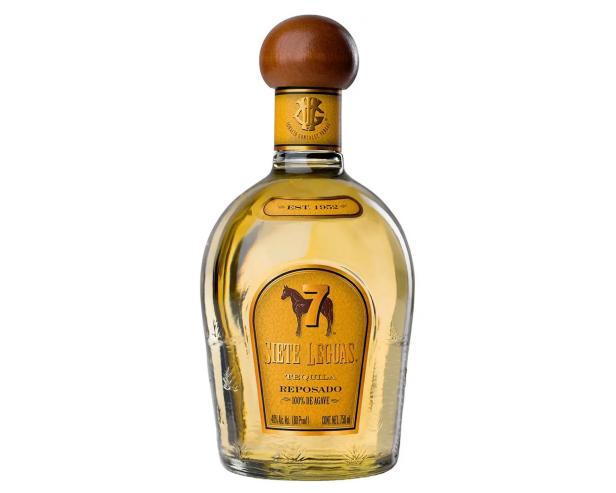

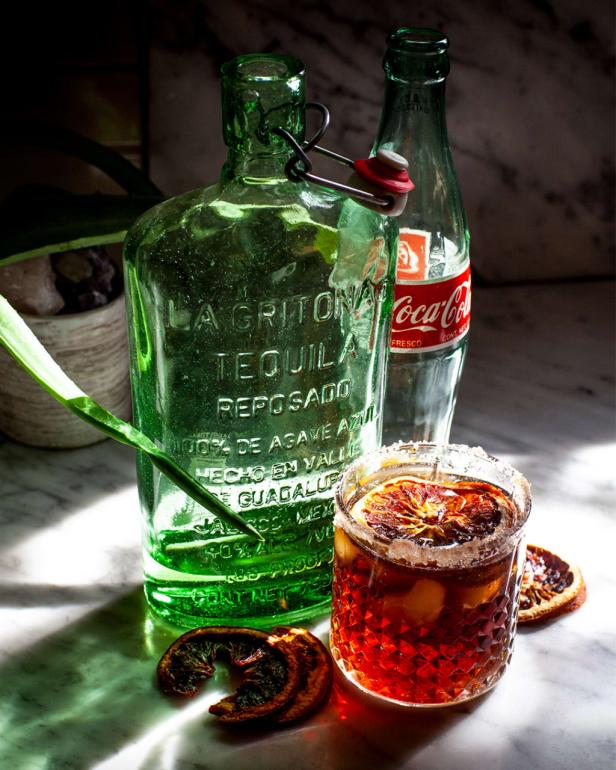
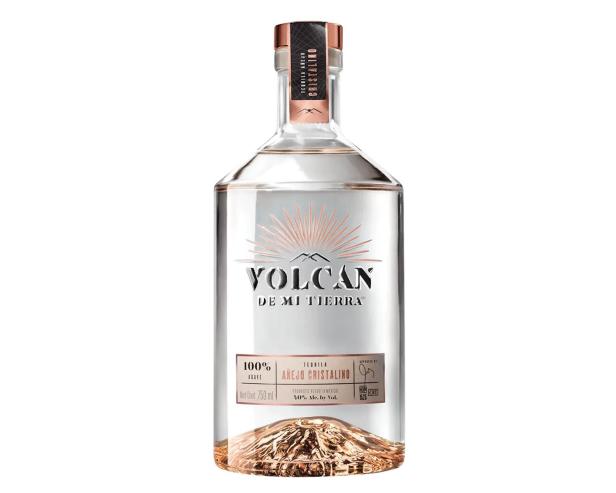
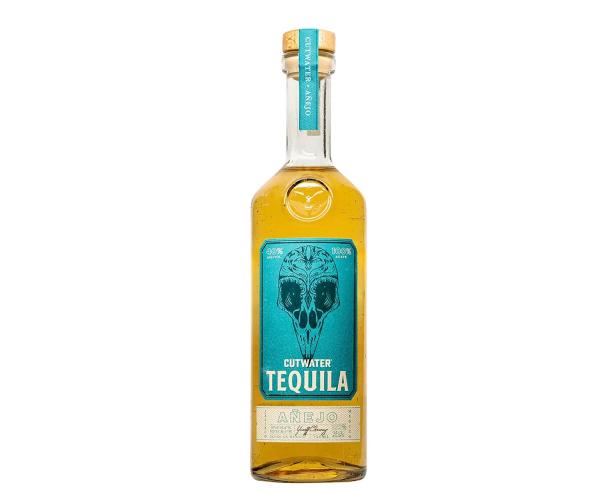
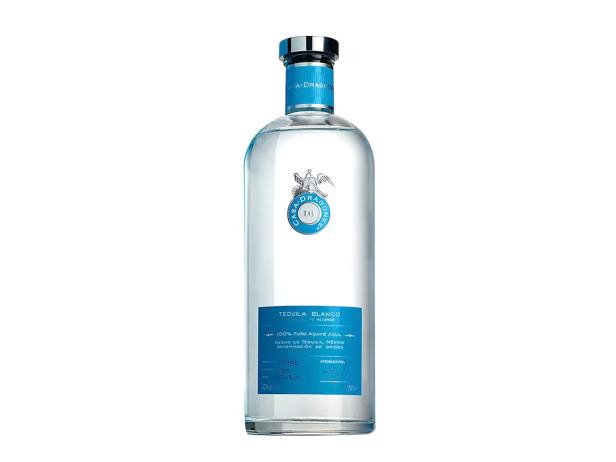
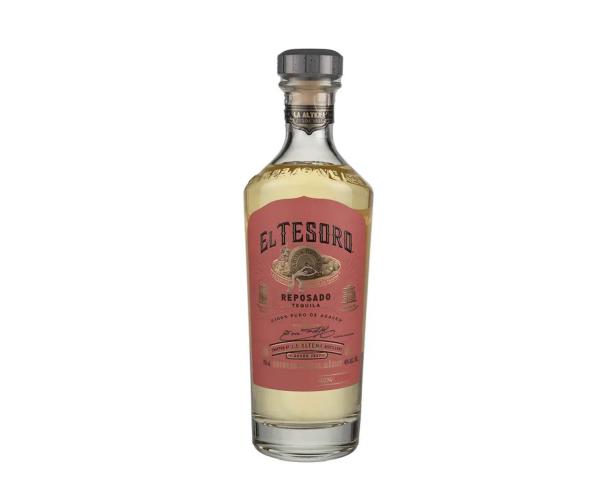
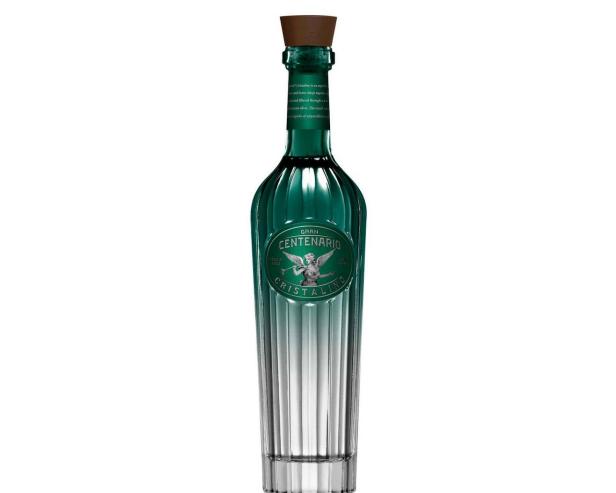
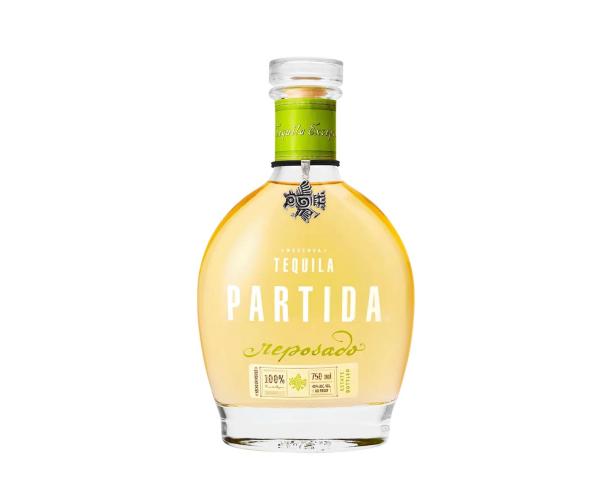
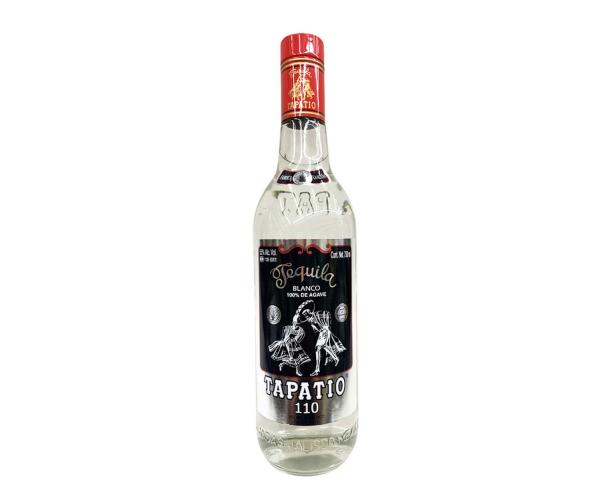




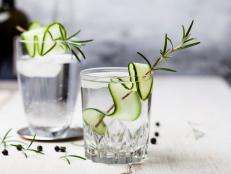



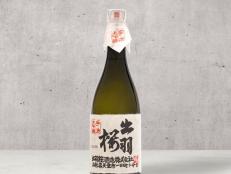
.jpg.rend.hgtvcom.231.174.suffix/1681446888993.jpeg)





























